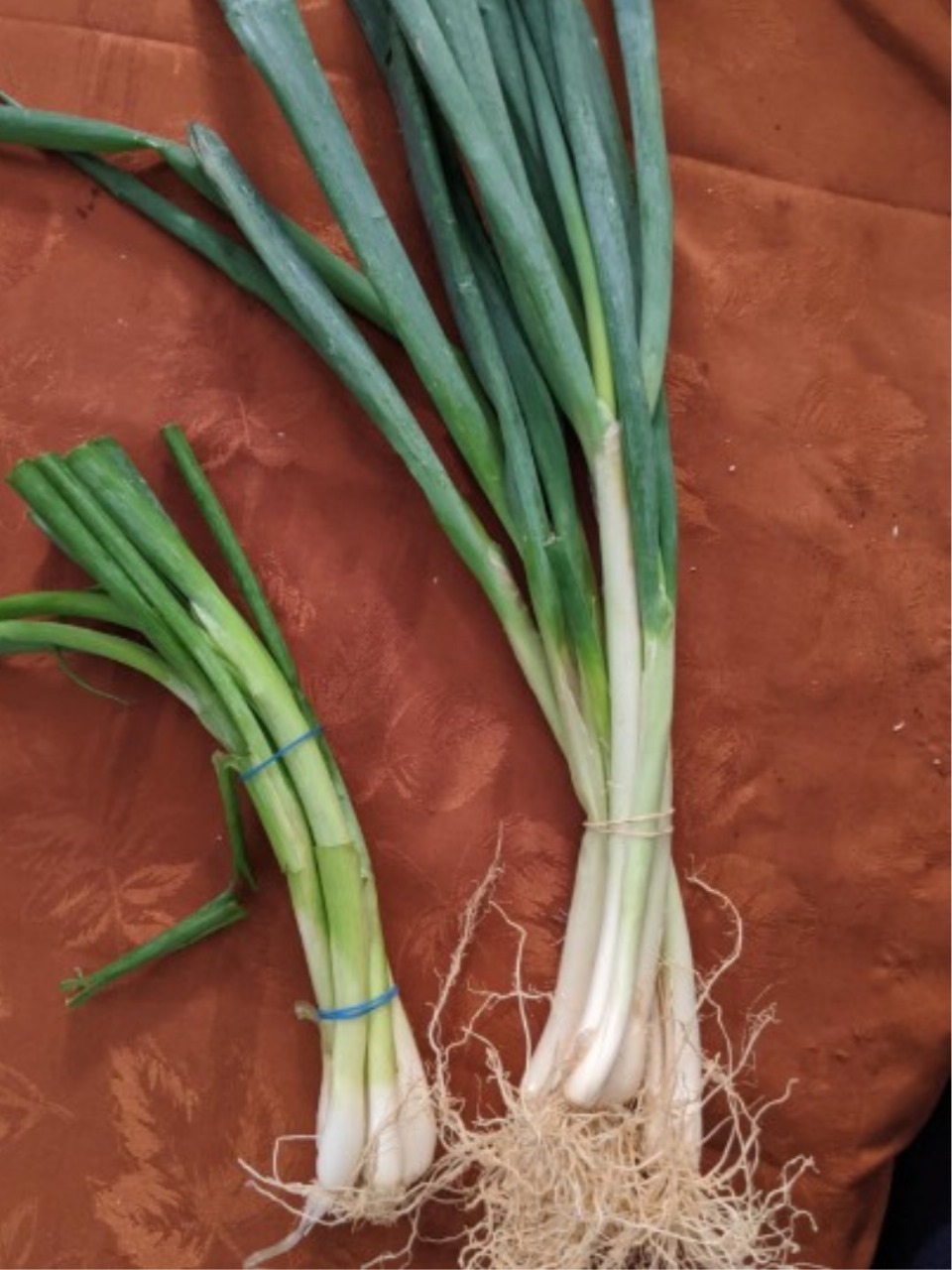Fun fact: Chives also produce beautiful purple flowers — which are edible and make a stunning salad topping.
Can You Substitute One for Another?
It depends.
Scallions → Green onions
They’re the same!
Green onions → Scallions
Use both parts
Scallions → Spring onions
Only in a pinch
Bulb is stronger; best cooked
Spring onions → Scallions
Too pungent for garnishes
Chives → Scallions
Flavor and texture are too different
Scallions → Chives
In cooked dishes only
Use sparingly; not a direct match
Best rule of thumb: When a recipe calls for chives , don’t substitute with scallions — and vice versa.
Quick Reference Guide: How to Tell Them Apart
Bulb
None or tiny
Small, round, pinkish
None
Stem color
White base, green top
White/pink base, green top
Solid green
Texture
Crisp
Crisp (bulb), tender (tops)
Soft, hollow
Flavor
Mild onion
Sweet, oniony
Delicate, garlicky-onion
Use raw?
Yes (greens); bulb better cooked
Yes (always raw or last-minute)
Final Thoughts: Sometimes the Smallest Ingredient Makes the Biggest Difference
We often treat green-topped alliums like background players — quick garnishes, last-minute sprinkles.
But each one brings something unique:
Scallions = crunch and freshness
Spring onions = sweetness and depth
Chives = elegance and subtle flavor
So next time you’re at the store…
Take a closer look.
Read the label.
Feel the base.
Because sometimes, the difference between a good dish and a great one?
Isn’t in the main ingredient.
It’s in the onion on top .
And once you know which one to use?
You’ll never toss them in blindly again.
ADVERTISEMENT

